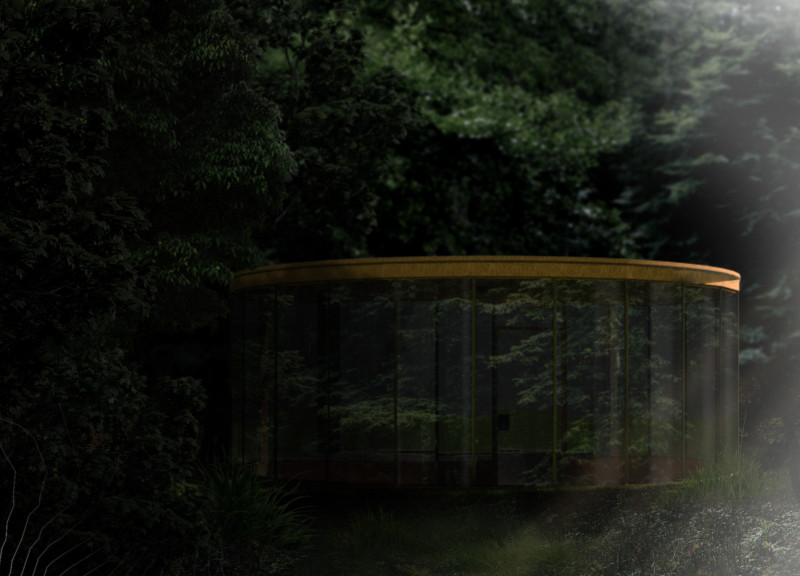5 key facts about this project
The project entails a contemporary architectural design situated in an urban context. This space serves multiple functions, primarily focused on [function, e.g., residential, commercial, cultural]. The architectural approach emphasizes efficiency, sustainability, and connectivity, reflecting modern design sensibilities while acknowledging the surrounding environment.
The architectural design integrates both form and function, presenting an effective solution to the challenges posed by its geographical location. Thoughtful planning and execution are evident in spatial arrangements that promote accessibility and interaction among users. The building's structure supports diverse activities, ensuring it meets the needs of its inhabitants while fostering community engagement.
Innovative Material Selection and Sustainability
A key feature of this architectural project is its careful selection of materials, which contributes significantly to its identity and performance. The use of reinforced concrete provides structural integrity, while large expanses of glass enhance natural light penetration, creating bright, inviting interiors. Wood accents throughout the design introduce warmth and texture, while brick elements visually anchor the project within its urban context.
Sustainability principles are actively incorporated into the design, utilizing locally sourced materials and systems that minimize environmental impact. Features such as green roofs and energy-efficient systems reflect a commitment to ecological responsibility, reinforcing the building’s role as a progressive model for contemporary architecture.
Contextual Design Elements and Community Integration
Particular attention is given to the relationship between the project and its surroundings. The design incorporates landscaped areas that promote biodiversity and offer residents outdoor spaces for relaxation and social interaction. Pathways are integrated into the site, facilitating connectivity both within the project and to adjacent public areas.
Architectural elements such as porches, balconies, and terraces are thoughtfully designed to enhance user experience and extend living spaces outdoors. These features also serve as transitional zones that connect the interior architecture with the exterior environment.
For a more comprehensive understanding of the architectural concepts and spatial dynamics, the presentation provides detailed architectural plans, sections, and models. Review the architectural designs and ideas to gain deeper insights into how this project addresses contemporary challenges and exemplifies thoughtful design in action.





















































